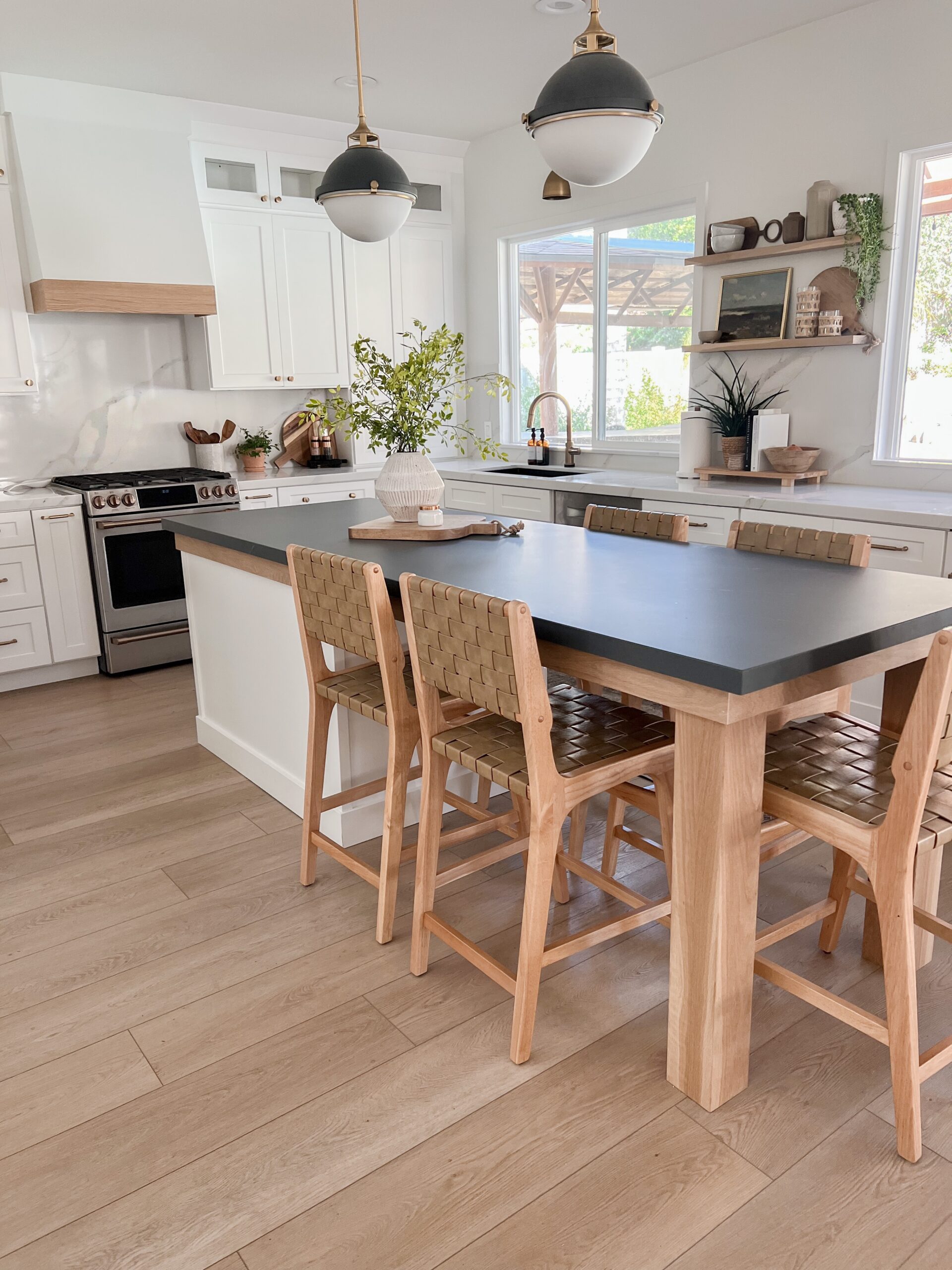Make Your Kitchen Island Stand Apart with Personalized Legs For Kitchen Island
A Guide to Picking the Perfect Legs For Kitchen Island for Your Home
Picking the ideal legs for your cooking area island is a nuanced choice that influences both the functionality and visual charm of this main space. As you think about these aspects, it ends up being apparent that the best legs can transform not only the appearance of your cooking area however likewise its usability for years to come.

Recognizing Kitchen Area Island Legs
When picking legs for a kitchen area island, it's essential to recognize their functional and visual duties in the overall style. The legs function as an important support group, guaranteeing security and toughness for the island, which frequently works as a workspace, dining location, or collecting spot. As a result, the selection of material and building method have to be robust sufficient to hold up against daily use and prospective wear.
In enhancement to their architectural responsibilities, legs contribute considerably to the island's visual allure. They can enhance the kitchen's style, whether through conventional, modern, or diverse styles. The height and proportion of the legs are likewise important factors to consider; they have to integrate with the island's kitchen counter elevation while making certain comfy seating for those making use of the room.
In addition, the leg layout can affect the general circulation of the kitchen area. Open, airy leg styles can create a feeling of agility, while solid, considerable legs may convey a much more based and steady aesthetic - Legs For Kitchen Island. Understanding these visual and useful elements will guide homeowners in making informed options that match their kitchen's design and boost its use
Popular Styles and Materials
The selection of legs for a kitchen island incorporates a selection of prominent styles and products, each offering special qualities that can enhance both capability and aesthetics. Amongst the most sought-after designs are contemporary, rustic, and typical. Contemporary legs commonly include sleek, minimal styles that emphasize simpleness and clean lines, making them excellent for contemporary kitchens. Rustic designs, on the other hand, welcome natural environments and commonly showcase redeemed wood or troubled finishes, including heat and appeal to the room. Standard legs generally show ornate information and craftsmanship, enhancing traditional kitchen layouts.

Height and Security Considerations

Stability is another essential factor to consider. The legs of the kitchen island should give appropriate support, ensuring that the structure can withstand day-to-day use without wobbling or moving. Material option plays a significant duty in stability; steel legs, as an example, often tend to provide better stamina contrasted to wood. In addition, guaranteeing that the island is securely anchored to the flooring or wall can boost stability, especially for bigger islands that may birth substantial weight.
Matching Your Kitchen Aesthetic
Picking the right legs for your kitchen area island exceeds functionality; it likewise plays a considerable duty in the total aesthetic of the area. When selecting legs, take into consideration the design style of your kitchen. For a modern appearance, streamlined steel or minimalist designs can create a tidy, modern vibe. original site On the other hand, standard or rustic kitchens typically profit from wood legs with detailed describing or a troubled coating, boosting heat and personality.
Shade is an additional essential variable. Legs that enhance or comparison with your island's surface area and surrounding cabinets can develop visual consistency or striking centerpieces. For circumstances, pairing dark timber legs with a light marble kitchen counter can include deepness and interest. Furthermore, consider the finish of the legs; matte, shiny, or textured finishes can significantly impact the total feel of the kitchen.
Setup and Maintenance Tips
Mounting kitchen island legs calls for cautious focus to detail to make certain both security and visual charm. Begin by picking an appropriate location for your island, guaranteeing it is level and has adequate space for motion. Use a stud finder to situate wall studs if you are affixing the legs to a wall or utilizing click over here now braces for added assistance. Mark the placement of the legs precisely prior to drilling.
When protecting the legs, make use of premium screws and, if essential, wood adhesive for additional strength. For metal legs, make certain that you are using suitable anchors and devices to prevent damage to your flooring. It is a good idea to look for levelness after installation, making adjustments as needed to prevent tottering.
Upkeep is just as important for durability - Legs For Kitchen Island. Consistently examine the legs for any indications of wear or loosening, especially in high-traffic locations. Tidy the legs with an ideal cleaner, staying clear of unpleasant products that might damage the surface area. For wood legs, take into consideration using a timber conditioner regularly to preserve their surface. By complying with these setup and maintenance suggestions, you can guarantee that your kitchen area island legs stay both functional and visually appealing.
Final Thought
In verdict, selecting the ideal legs for a kitchen area island demands cautious factor to consider of height, security, and visual compatibility. Eventually, thoughtful leg option plays an important duty in elevating both the usefulness and design of the kitchen area room.
When selecting legs for a kitchen area island, it's essential to comprehend their useful and aesthetic roles in the overall style. Open, ventilated leg styles can develop a feeling of lightness, Full Report while solid, significant legs might convey a much more based and secure aesthetic. The legs of the cooking area island need to provide appropriate assistance, ensuring that the structure can endure day-to-day usage without moving or wobbling.Mounting cooking area island legs calls for careful attention to detail to make sure both security and visual allure.In verdict, picking the appropriate legs for a kitchen island requires cautious consideration of elevation, security, and visual compatibility.